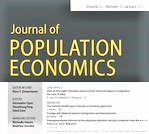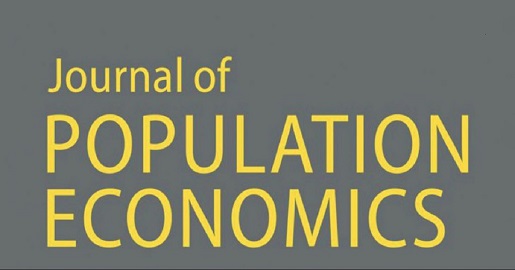A new paper published online in the Journal of Population Economics shows that exposure to hot temperatures reduces the conception rate in the first few weeks and projects that climate change may increase seasonal differences in conception rates and cause a decline in fertility.
The Global Labor Organization (GLO) is an independent, non-partisan and non-governmental organization that functions as an international network and virtual platform to stimulate global research, debate and collaboration.

Temperature, climate change, and human conception rates: evidence from Hungary
by Tamás Hajdu and Gábor Hajdu
Published ONLINE FIRST 2021: Journal of Population Economics OPEN ACCESS.
Author Abstract: In this paper, we examine the relationship between temperature and human conception rates and project the impacts of climate change by the mid-twenty-first century. Using complete administrative data on 6.8 million pregnancies between 1980 and 2015 in Hungary, we show that exposure to hot temperatures reduces the conception rate in the first few weeks following exposure, but a partial rebound is observed after that. We project that with absent adaptation, climate change will increase seasonal differences in conception rates and annual conception rates will decline. A change in the number of induced abortions and spontaneous fetal losses drives the decline in conception rates. The number of live births is unaffected. However, some newborns will experience a shift in the timing of conception that leads to changes in in utero temperature exposure and therefore might have further consequences.
Journal of Population Economics
Access to the recently published Volume 34, Issue 2, April 2021.
Workshop presentation of key articles with full video.
LEAD ARTICLE OF ISSUE 2, 2021:
Measuring gender attitudes using list experiments
by M. Niaz Asadullah, Elisabetta De Cao, Fathema Zhura Khatoon, and Zahra Siddique
OPEN ACCESS: Free Readlink – Download PDF
Ends;

